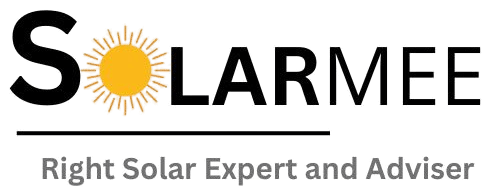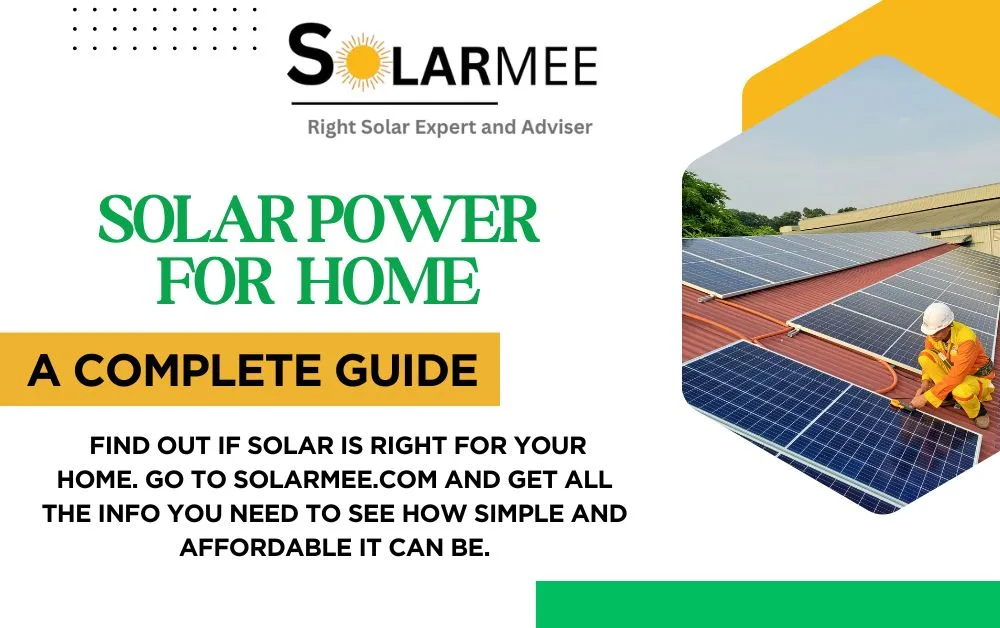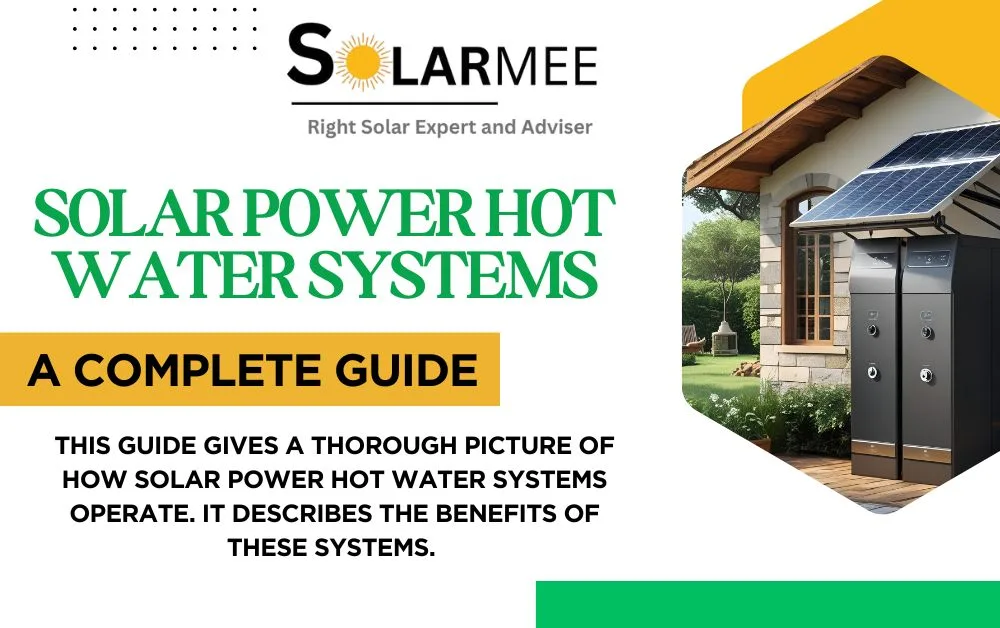The Western Australian (WA) government’s Solar Rebate aims to make solar energy more affordable and accessible to homeowners, small businesses, and organizations. Although WA lacks a state-based rebate on solar panels, residents are eligible to enjoy significant benefits through the federal Small-scale Renewable Energy Scheme (SRES). This program offers up-front rebates in terms of Small-scale technology Certificates (STCs) that make the cost of installing the solar systems less expensive.
Furthermore, effective 1 July 2025, federal and state programs are establishing substantial rebates on home battery systems- WA is implementing the Residential Battery Scheme, which will provide rebates of up to $5,000 to Synergy customers and up to $7,500 to Horizon Power customers, stackable with the federal Cheaper Home Batteries Program.
Consumers also have the option to save on electricity via the Distributed Energy Buyback Scheme (DEBS), which buys back the exported surplus of the solar energy to the grid. These incentives play a major role in the reduction of the adoption barrier of clean, renewable energy in WA.
What is the Government Solar Rebate?
The Government Solar Rebate in Australia is a set of monetary incentives offered through the federal Small-scale Renewable Energy Scheme (SRES). This program is expected to make households and small businesses more affordable systems of renewable energy, particularly rooftop solar panels, battery systems, solar water heaters, and air-sourced heat pumps.
Under SRES, eligible systems generate STCs that represent the value of the expected generation or energy offset through 2030. The amount of STCs issued is relative to the size, location, and other aspects of the system. The certificates are then sold to electricity retailers or agents, and consumers are provided with a significant upfront discount on the price of a solar installation.
The Clean Energy Regulator maintains the SRES and contains special eligibility requirements, such as installation must be done by accredited professionals, and products used in the SRES must be approved. Not only does this rebate scheme cover the initial investment, but it also stimulates the consumption of renewable energy, which directly promotes the Australian green energy agenda and lowers the domestic utilities that families pay.
Also Read: Solar Power Government Rebate in Australia
How Does the Government Solar Rebate Work?
Solar power government rebates in Western Australia (WA) help to make solar energy widely available and affordable to the people of Western Australia, small businesses, and community organizations. Although there is no direct state-based rebate in WA on solar panels in this state, citizens enjoy huge benefits in the form of the federal Small-scale Renewable Energy Scheme (SRES).
This program offers upfront discounts in the form of Small-scale Technology Certificates (STCs) that help decrease the cost of solar power system installation. As well, and effective 1 July 2025, the federal and state governments will initiate significant support with large incentives to home battery systems- the new Residential Battery Scheme in WA will support up to $5,000 for Synergy customers and up to $7500 for Horizon Power customers, often in combination with the federal Cheaper Home Batteries Program.
Additional savings will be achieved by Households by being paid by the Distributed Energy Buyback Scheme, DEBS, in case they have overproduced during sunny days. These incentives are useful in reducing considerably the number needed to implement clean, renewable energy in WA.

How Much Government Rebate Can You Get in WA?
In the case of a solar system, how much government rebate you can afford will depend upon the size and type of the system you choose to install, as well as whether or not you add a battery. In WA, rooftop solar panels enjoy the national Small-scale Renewable Energy Scheme (SRES), which is used to issue Small-scale Technology Certificates (STCs).
In 2025, each STC is estimated the value of more than 39.90 dollars. On a typical 6.6kW solar system in Perth, the value of the point-of-sale discount is around $2,500 to $3,500, depending on the STC value, which is a function of system size and the geographic location in which the system is installed. Systems up to 100kW may be rebated at a proportionally higher grant.
WA has other incentives aside from the federal support for batteries. The WA Residential Battery Scheme(early 2025) will reimburse installations up to 5000 to Synergy customers and up to 7500 to Horizon Power customers. This can be stacked with the federal Cheaper Home Batteries Program that provides an upfront discount of approximately 330-344$ per useful kilowatt-hour (kWh) of storage. On a 10kWh battery, this equates to an approximate discount of $3,300-3,440 in federal rebate alone.
Overall, WA homeowners will be able to take advantage of thousands of dollars in decreased costs upfront in 2025, making solar and battery systems tremendously more affordable and green energy days even closer.
WA-Specific Solar Incentives & Support
Western Australia (WA) mainly supports the use of solar energy through feed-in tariffs and local programs, as opposed to a local solar panel rebate. Perth and South West Synergy customers take part in the Distributed Energy Buyback Scheme (DEBS), where exported power during peak hours (3 pm-9 pm) is paid at 10c/kWh and at other times approximately at 2-3c/kWh. Unlike Synergy, Horizon Power serves regional locations, with different feed-in tariff rates depending on the location of the household. Some rural towns have favourable peak rates, others match the Synergy rate structure. These feed-in tariffs mean that homeowners can get credits by selling any solar surplus to the grid, and help them pay their electricity bills.
Moreover, there could be sustainability programs run by some local councils in WA, such as Switch Your Thinking, which would include extra incentives or rebates on energy-efficient appliances, or discounts on solar-related upgrades. One should contact their local council to see what offers it has.
The difference: a government discount is likely to be a granted amount (such as federal STCs), whereas a feed-in tariff is an ongoing payback of sold energy. Rebates lower installation prices and make the product cheaper to install; however, feed-in tariffs also pay to export solar power that is continuing to generate.

Who is Eligible for the Solar Rebate in WA?
In a bid to qualify to receive the solar rebate in Western Australia (WA), several things are observed as essential criteria:
- Install an accredited installer: Only installers who are part of the Clean Energy Council are eligible. This makes it compliant with the industry standards and is under warranty.
- Install CEC-approved solar panels and inverters: Only approved equipment is allowed to be used, and this ensures the reliability and safety of the system.
- Eligible property types: The system has to be applied to an eligible property type such as homes, townhouses, apartments, and shops.
- Grid-connection: To qualify to receive most rebates – including the Small-scale Renewable Energy Scheme – your system must be connected to the electricity grid.
Rebate Tips: Some tips to check before installing:
- Check that your selected system components and installer are both CEC-approved (using the Clean Energy Council online tools).
- Check with your installer as to whether you are eligible and on the Clean Energy Regulator website.
- One rebate system may not have been claimed at more than one property.
- Within 12 months, new systems have to be established.
Tips to Maximise Your Rebate & Solar Savings
In WA, to get the maximum solar rebate available and overall better long-term energy savings, planning and timing are key. Install early: The federal solar rebate (through STCs) is diminishing progressively until 2030, so getting an install now gives a higher present-day saving. Your perfect system size: Check your energy consumption and average bill, and take an estimate of future requirements (e.g., electric cars or battery backup).
The most common system sizes in WA are 6.6kW, but the larger it is, the more it will benefit you should you use more power or choose to future-proof your investment. Use a reputable, certified installer: Find a Clean Energy Council (CEC) accredited installer who will ensure the maximum possible incentives you can claim, help with system placement, and make sure the system they install is eligible.
Combine many energy savings initiatives: Think of other initiatives, whether the new battery rebate plans in WA or council sustainability packages in your locale, and combine these with solar rebates to save more. Obtaining more than one quote and ensuring the requirements in order to receive the best value in regards to your solar investment would be a good idea.
Also Read: Solar Power Rebate Australia: Your Complete Guide to Saving Big in 2025
Conclusion
The government solar rebate has made it more affordable than ever to install solar power in Western Australia. With large initial discounts and permanent savings in places such as federal Small-scale Technology Certificates (STCs) and local council incentives, and new battery rebate programs (such as in WA), solar has become a sound investment for homes and businesses. Thinking about solar? You should evaluate your rebate eligibility before it expires because conditions are easy to qualify for, and generous levels will decline over time.
Invest now in solar panels and save on tax before the rebate disappears, and maximise your long-term energy bill savings. Find a verified installer, compare your opportunities, and begin your steps towards more sustainable and cheaper energy in your place and in society.

I am Vanshika, a passionate writer, digital marketer, and explorer of ideas. With expertise in SEO, social media, content creation, and website design, I combine creativity with strategy to deliver impactful digital solutions. Writing is my way of sharing knowledge, sparking curiosity, and building meaningful connections with readers. Through my blog Vanshi’s Exploration, I share unique insights on finance, travel, technology, and future-forward thoughts that inspire and inform.




